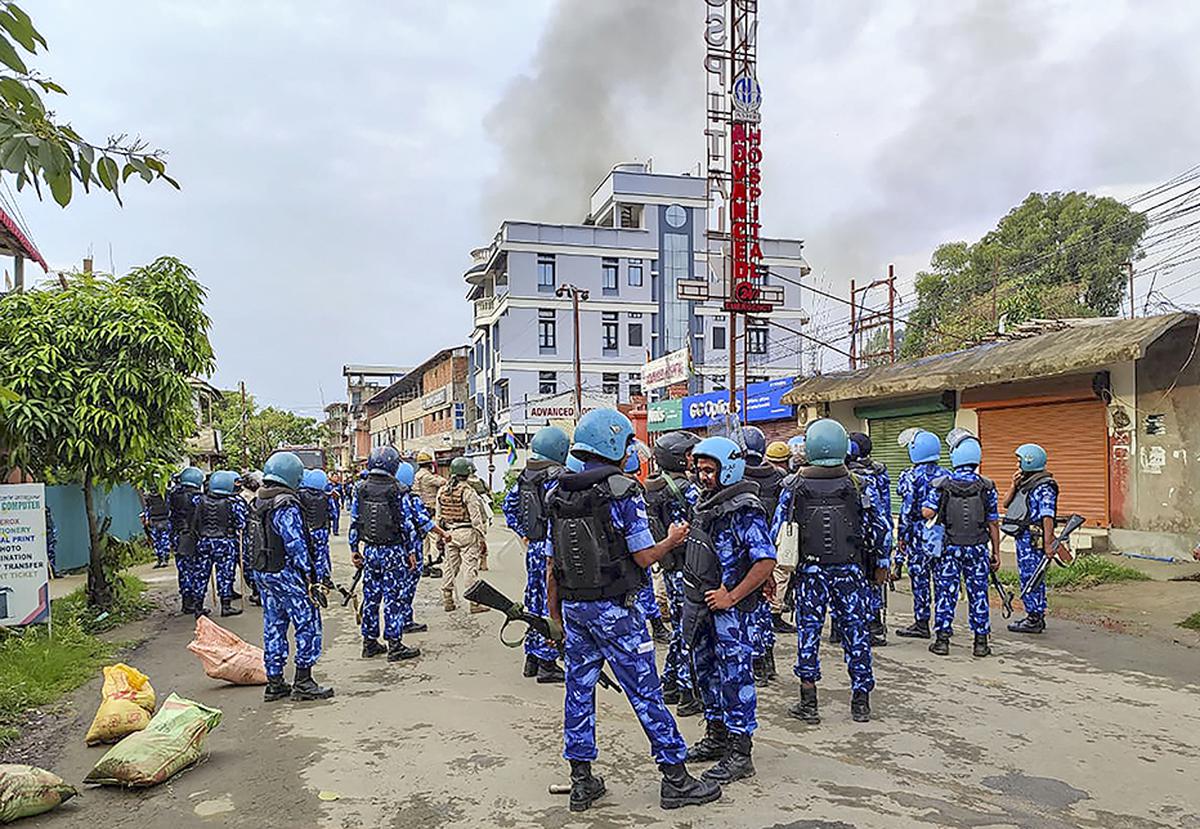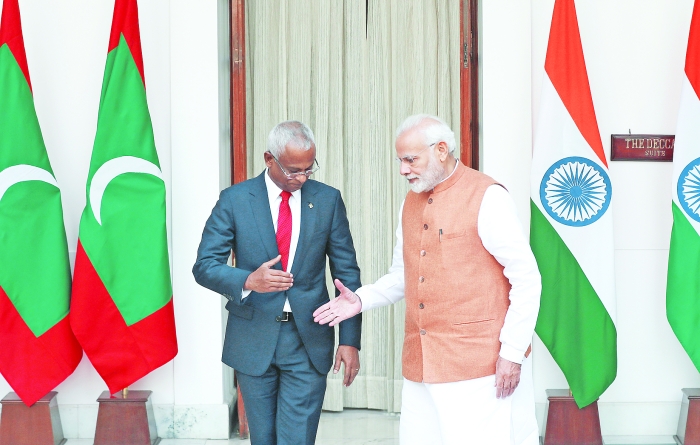
MANIPUR: On November 29, homes in conflict-racked Manipur’s Imphal were adorned with diyas and the night sky was lit with fireworks. Earlier in the day, the Union home ministry announced that the state’s oldest militant outfit, the United National Liberation Front, had signed a peace agreement with the Centre and the state government.
Founded in 1964, the UNLF espouses a secessionist agenda. Primarily representing the Imphal valley-based Meitei community’s interests, the outfit’s stated aim is to create a sovereign state of Manipur.
In a statement announcing the pact, the home ministry said it would “provide an opportunity to address the longstanding concerns of the [Meitei] community,” the home ministry statement said.
Taking to Twitter, Union home minister Amit Shah called it a “historic milestone”.
Observers of state, though, drew more tempered takeaways from the development. Even as they acknowledged the pact’s significance – it is the first time that a valley-based Manipuri armed group has come to the peace table – they were quick to underline that several other secessionist Meitei groups continue to be active.
Many also pointed out that those who signed the peace agreement on Wednesday represented only a faction of the UNLF.
A long history
Meitei insurgency arose in the 1960s as a result of the disaffection over the 1949 merger agreement between the erstwhile Manipuri king, Maharaja Bodhachandra, and the Indian government.
The UNLF, the first group from the stable, was formed in 1964 under the leadership of a young playwright named Arambam Somorendra. Its stated aim was the formation of an “independent”, “socialist republic” of Manipur.
Though it drew its cadre primarily from the Meitei community, the leadership also included representation from the other two major communities in the states – the Nagas and the Kuks. While Somorendra, a Meitei, was the general secretary, the founding president was a Naga called Kalalung Kamei. Thangkhopao Singsit, a Kuki, was its vice-president
“In the initial years, the movement did not take up arms, working more in the cultural sphere,” writes journalist Samrat Choudhury in his book Northeast India: A Political History.
Detailing the outfit’s history, Choudhury writes:
“Until 1968, UNLF leaders including Somorendra were overground. The armed militancy began in December that year when a faction of the UNLF led by Oinam Sudhir Kumar with the help of his colleague N Bisheswar, established a ‘Revolutionary Government of Manipur’ in exile with headquarters in Sylhet in East Pakistan.”
Today, UNLF is among the eight Meitei extremist organisations – called valley-based insurgent groups or VBIGs in security parlance – that the Indian state considers “unlawful associations” under the country’s anti-terror law, the Unlawful Activities (Prevention) Act, 1967. All of these groups were deemed to be terror groups as recently as last month by the Union home ministry.
Please visit our website London Institute of Peace Research for latest peace news


